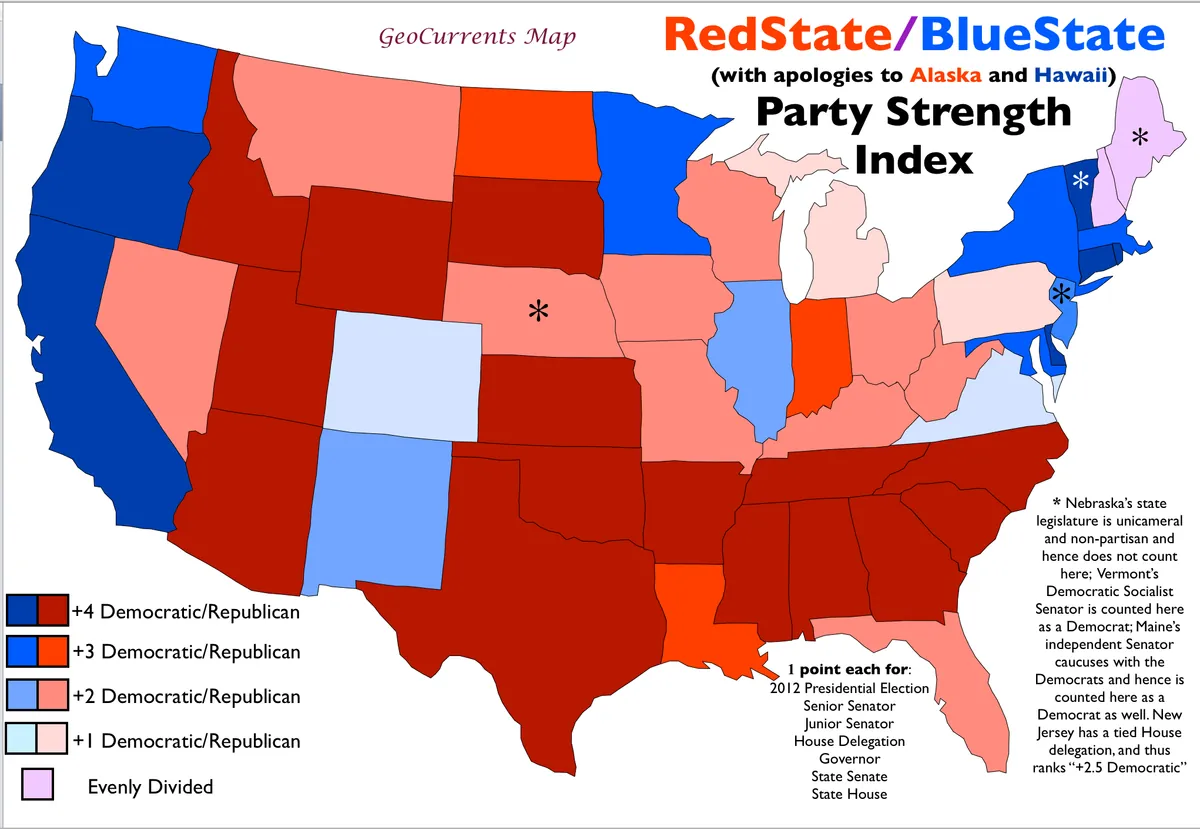The political landscape of the Southwestern United States has undergone a remarkable transformation over the past two decades. Once a bastion of Republican support, the states of Arizona, Colorado, Nevada, and New Mexico have shifted to become a crucial Democratic firewall. This change has significant implications for national elections and party strategies.
In 2004, Republicans held six of the eight Senate seats from these four states, and all supported George W. Bush's reelection. Fast forward to today, and Democrats control all eight Senate seats, with all four states backing Joe Biden in 2020 - a feat not achieved by a Democrat since 1936.
This political metamorphosis is the result of several factors:
Demographic shifts: The Southwest has experienced significant population growth, particularly among Hispanic voters. The percentage of eligible Hispanic voters has nearly doubled from 7.4% in 2000 to almost 15% in 2024.
Strategic Democratic efforts: Party operatives like Simon Rosenberg have described this as "the single-most successful regional or geographic strategy for the Democratic Party in a generation." Democrats have focused on recruiting diverse candidates and appealing to younger voters.
Republican candidate quality: In recent years, GOP primaries have often favored Trump-aligned candidates, potentially alienating moderate voters. This was evident in Arizona's 2022 elections, where candidates like Kari Lake and Blake Masters struggled to gain broad support.
Cultural and economic factors: The Southwest's unique blend of Native American, Hispanic, and Anglo cultures, combined with issues like water rights, immigration, and renewable energy development, have shaped its political landscape.
The region's political shift has been crucial for Democrats, helping to offset losses in rural states. For instance, while Montana, North Dakota, and South Dakota have flipped from Democratic to Republican control in the Senate, the Southwest has moved in the opposite direction.
"I think that, for Arizona and Nevada particularly, candidate quality has mattered here. The 2022 example is obvious in Arizona, and it's shaping up to be the same thing this time around."
However, Republicans have not given up on the region. Donald Trump is actively competing in Arizona and Nevada, and the GOP has seen some recent successes, such as winning Nevada's governorship in 2022.
As the 2024 elections approach, the Southwest's political leanings will be crucial. Democrats are favored in several Senate races, potentially helping them maintain their slim majority. The region's growing Hispanic population and evolving political dynamics will continue to shape its role in national politics.
The transformation of the Southwest serves as a reminder of the ever-changing nature of American politics and the importance of adapting to demographic and cultural shifts. As both parties strategize for future elections, the lessons learned from this regional realignment will undoubtedly influence their approaches across the country.
